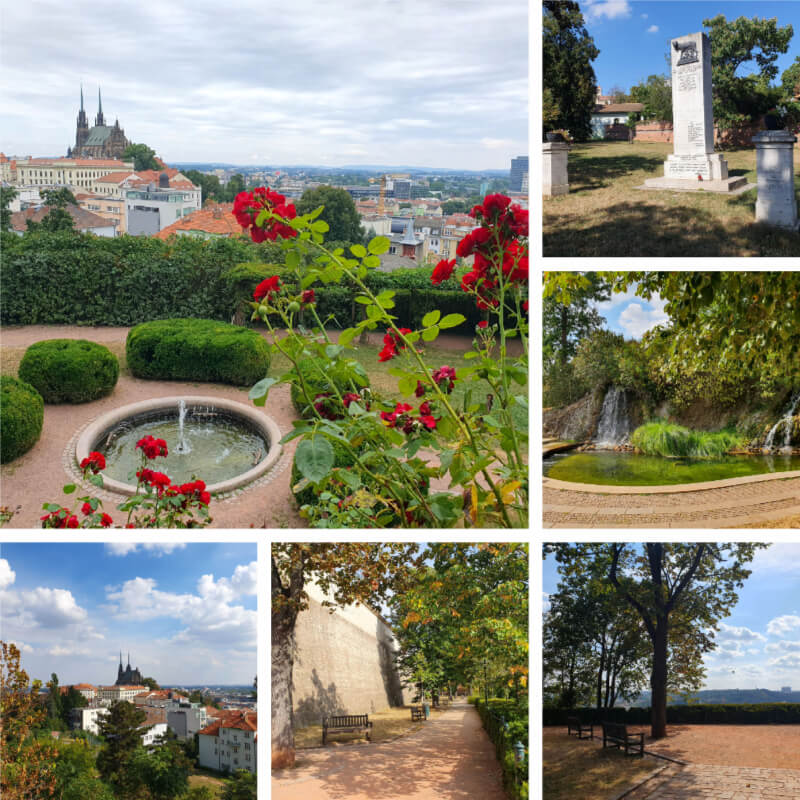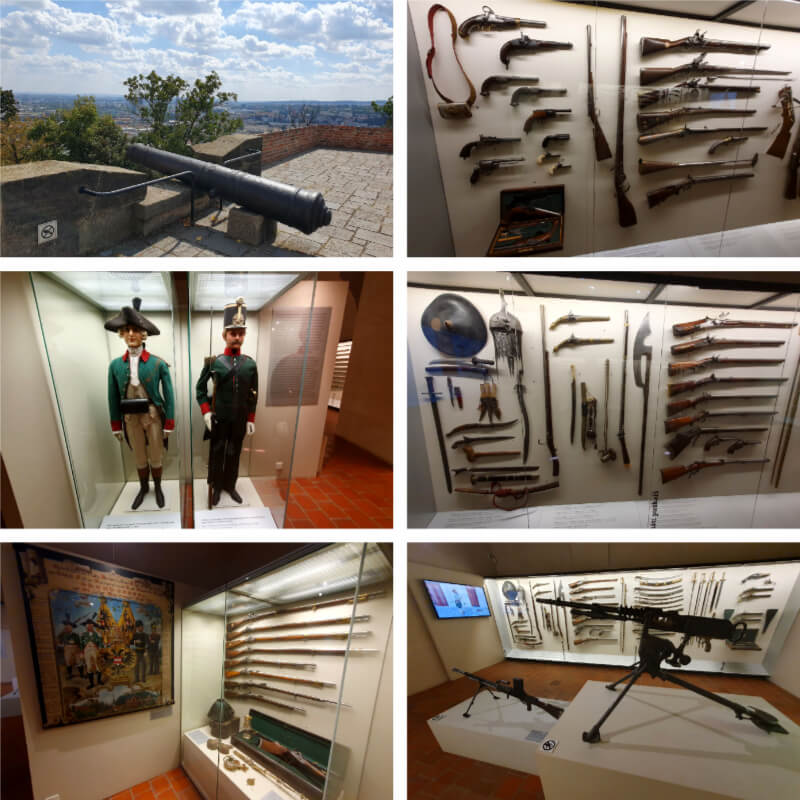A wonderful August day
Not so long ago, I came here to the castle because of a lovely wedding invitation. We have a close relationship for a long time, I love them very much and consider them my family. The bride organized the wedding. It was humorous, elegant, touching and magical at the same time. For as long as I’ve known them, their relationship has always been characterized by light humor, harmony and joy. On their wedding day, I could see the same happiness reflected on their faces. I wish them many more great years together! The whole day was heartwarming and their happiness made me very happy too. Since then, every time I turn around, just like near the castle, I always think of them and the wonderful day spent together.
“The best and most beautiful things in the world cannot be seen or even touched – they must be felt with the heart.”
– Helen Keller
Historical overview of Špilberk
Špilberk Castle was built on the highest hill in Brno in the 13th century. First of all, it played a major role in the city’s defense strategy. The general assembly of the estates of the Czech Kingdom was held here in a ceremonial setting. In the 14th century, it became the seat of the Moravian Viscounts of the Luxembourg dynasty. During the Thirty Years’ War, it began to be used as a fortress serving as a prison. It became the strictest prison of the Austro-Hungarian Monarchy. In addition to criminals and thieves, political prisoners were also held here. At first Protestants were imprisoned, in 1820 members of the Italian Carbonari movement were also imprisoned. A monument to the movement can be seen in the grounds of the castle. Poet Silvio Pellico spent eight years here, which he wrote in his book Le mie prigioni. (My Prisons)
Later, the participants of the 1848-49 revolution and war of independence were also imprisoned here. The 15 Hungarian Jacobins and their leader, Ferenc Kazinczy, were imprisoned here, as well as many important French revolutionaries. From 1858, the castle was again occupied by the army. During World War II, it became a barracks for the Austro-Hungarian, Czechoslovak and German armies. In 1959, the army left the castle and it was no longer used for military purposes. It became the seat of the Brno City Museum (Muzeum města Brna). Nowadays, the castle hosts many events, concerts, theater performances, festivals and weddings are held here. In the corner tower there is the baroque Holy Trinity Chapel and the lookout tower from which we can see the wonderful city.
“Cherish your visions and your dreams as they are the children of your soul, the blueprints of your ultimate achievements.”
– Napoleon Hill






